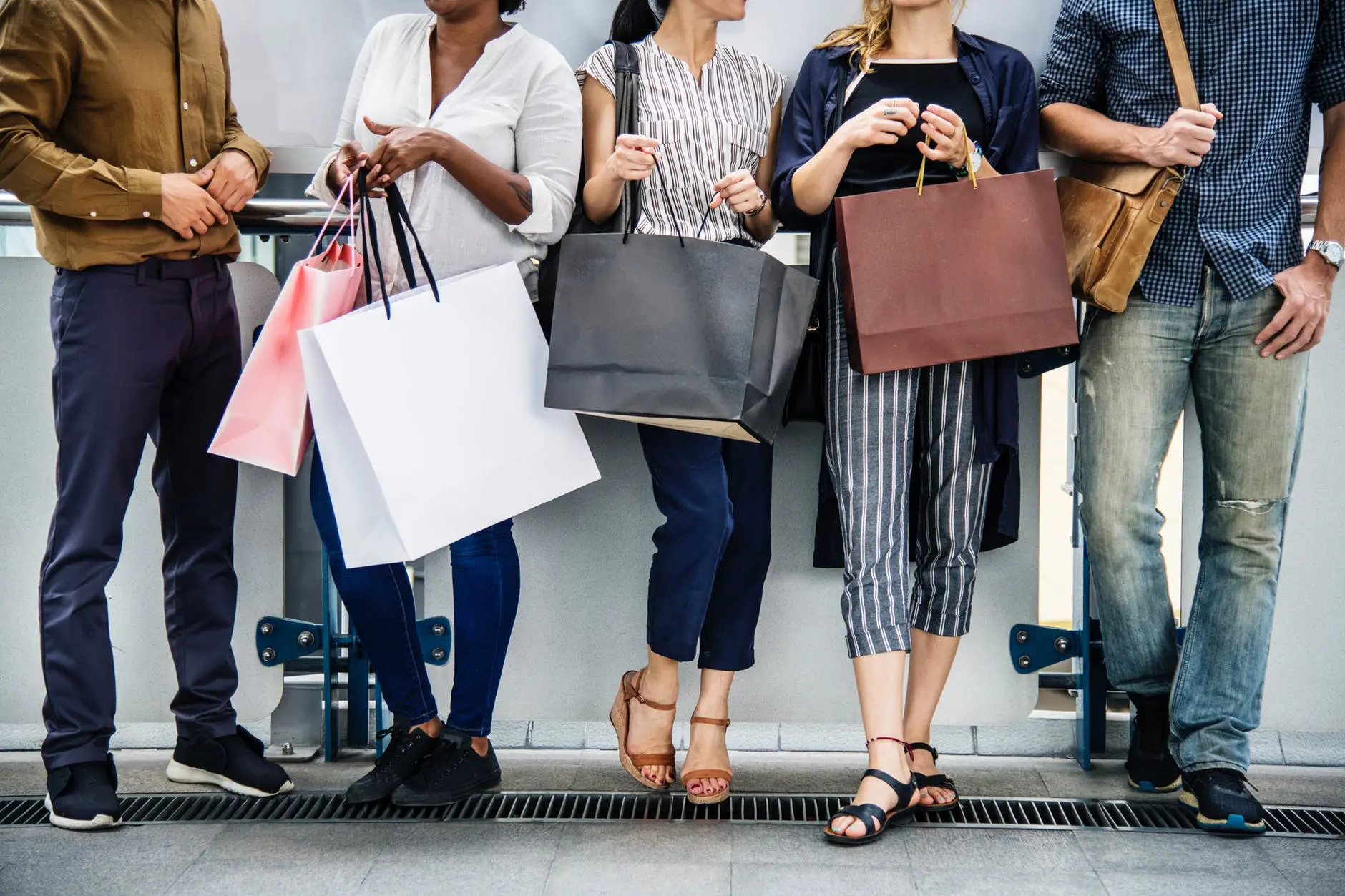Estimates hold that more data will be produced in 2018 than in all years previously. Much of that is consumer-focused—what we buy, how we buy it and why we buy it, among other information.
Thanks to the leverage and insight afforded by big data analytics, retailers of all sorts have the ability to enjoy an enormous opportunity to better focus and improve their customers’ overall shopping experience.
Big data analytics can now be used at every stage of the retail process, including identifying consumer trends, forecasting demand, pricing and pinpointing the most efficient means of delivery. That’s a proactive form of decision making, one of the benchmarks of my Anticipatory Organization Model.
That’s also good news for both shoppers and the organizations that serve them. Here are just a few areas in which data analytics is crafting a more rewarding shopping environment for everyone.
Product Recommendations
Most every Internet shopper has experienced “If you like this, consider this” and other similar pitches based on buying history and preferences. But, advances in data analysis and other related forms of technology hold the promise of more interactive, personalized forms of shopping guidance and suggestions. For instance, clothing retailer The North Face now offers an online tool called Fluid Expert Personal Shopper. The system, which uses IBM’s Watson cognitive computer technology, employs a “personal shopper” that can ask consumers questions about gender, location and even the sort of weather conditions where the clothing will be worn. From there, the system can provide specific recommendations.
Although still in an initial, limited stage, programs such as Fluid Expert Personal Shopper hold the potential for an even more comprehensive and useful customer experience. For instance, Watson is now using additional data to develop a “sentiment analysis” feature, which will allow systems to gauge changes in customer moods to better manage interactions with consumers. In effect, shopping systems will be able to interpret in an intuitive manner whether customers are pleased with a purchase, dissatisfied or interested in some other item.
More Useful, More Focused Apps
An increasing number of retailers are using mobile apps as a means to improve in-store shopping experiences and better interaction with store employees. That can begin well before a customer arrives at the store itself. For instance, retailer Nordstrom’s mobile app allows customers to check details such as product availability, size and color before they visit a Nordstrom store. The system also offers personalized recommendations based on gathered customer data. Customers who opt in can also have their profiles—including purchase histories—forwarded to in-store salespeople when they enter a store so they can receive immediate, personalized service.
In another example, Target’s mobile app leverages product location data, a store’s physical layout and customer profiles to offer personalized promotions to customers as they shop in-store. To that end, the company has begun installing beaconing technology at dozens of locations to gather movement and shopping pattern data from customers who agree to be monitored. This, in turn, promises to help customers not only make better buying decisions but to do so more efficiently instead of wandering up and down aisles in search of a particular item.
Greater Delivery Choices
The convenience of mobile Internet-based shopping has afforded consumers a greater range of control over not only when they shop but also where and when they receive items they buy. Locational data provided by the proliferation of smartphones takes that level of convenience and specificity to a completely new level. In one respect, that opens up the possibility that items can be delivered to customers wherever they happen to be—at home, on the job, at a restaurant having lunch and at any number of other locations.
Alternatively, by leveraging geolocation data, companies can also immediately notify shoppers when purchased goods have been dropped off at their homes or other spots. Not only does that lessen the chance of a delivery being missed, but time-sensitive deliveries—such as a gift that the buyer wants to keep secret from a family member—become that much easier to manage.
Consumer data isn’t limited to information about a particular shopper. Big data analytics allows organizations of all sorts to apply that information to make shopping more enjoyable, efficient and customer-focused for a broad range of consumers.
Ready to see the future and plan with greater confidence? Subscribe to my publication, The Technotrends Newsletter, now in its 35th year, and join thousands of leaders who have accelerated innovation and results by applying the principles I teach in my award-winning Anticipatory Organization Learning System.



Leave your comments
Post comment as a guest